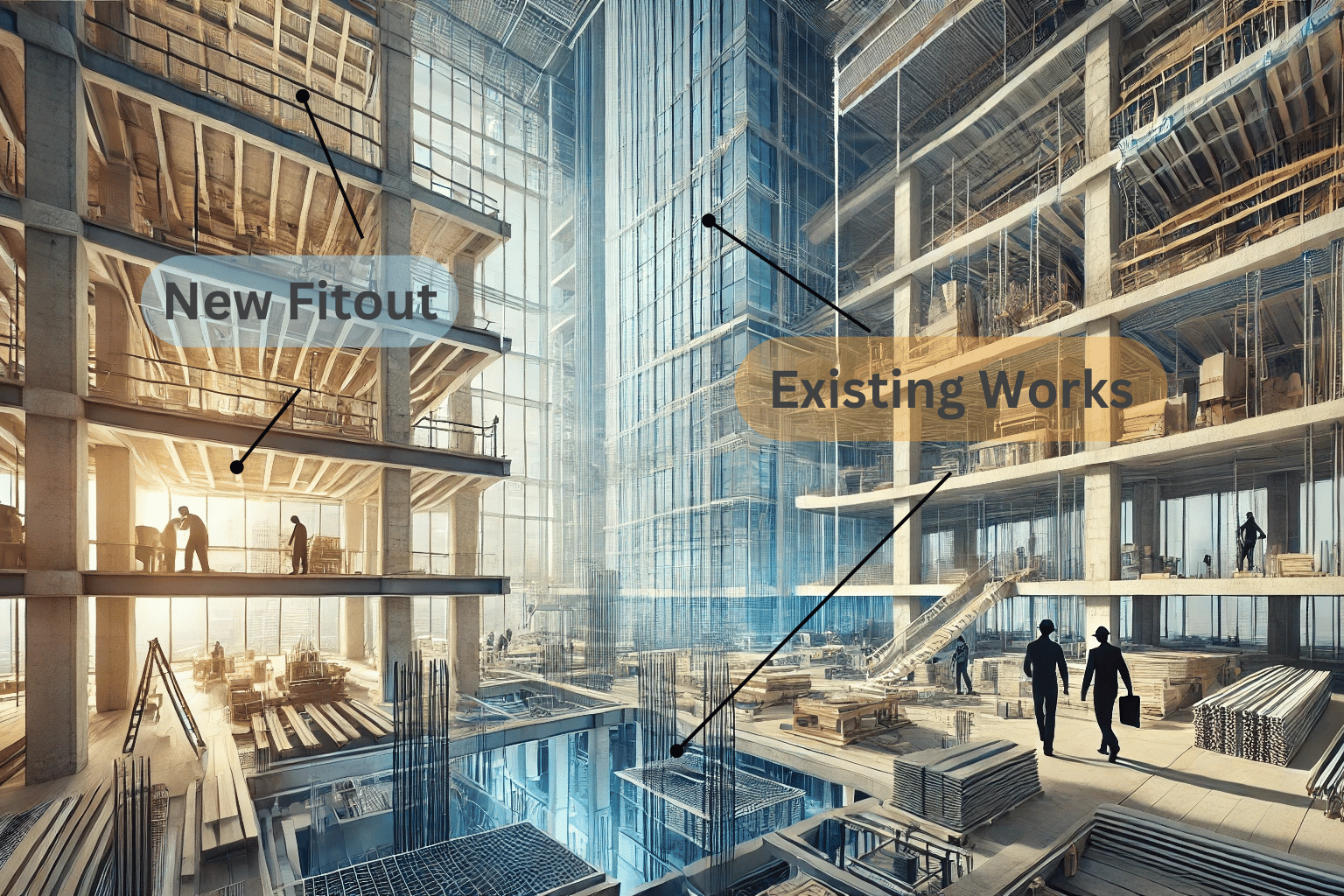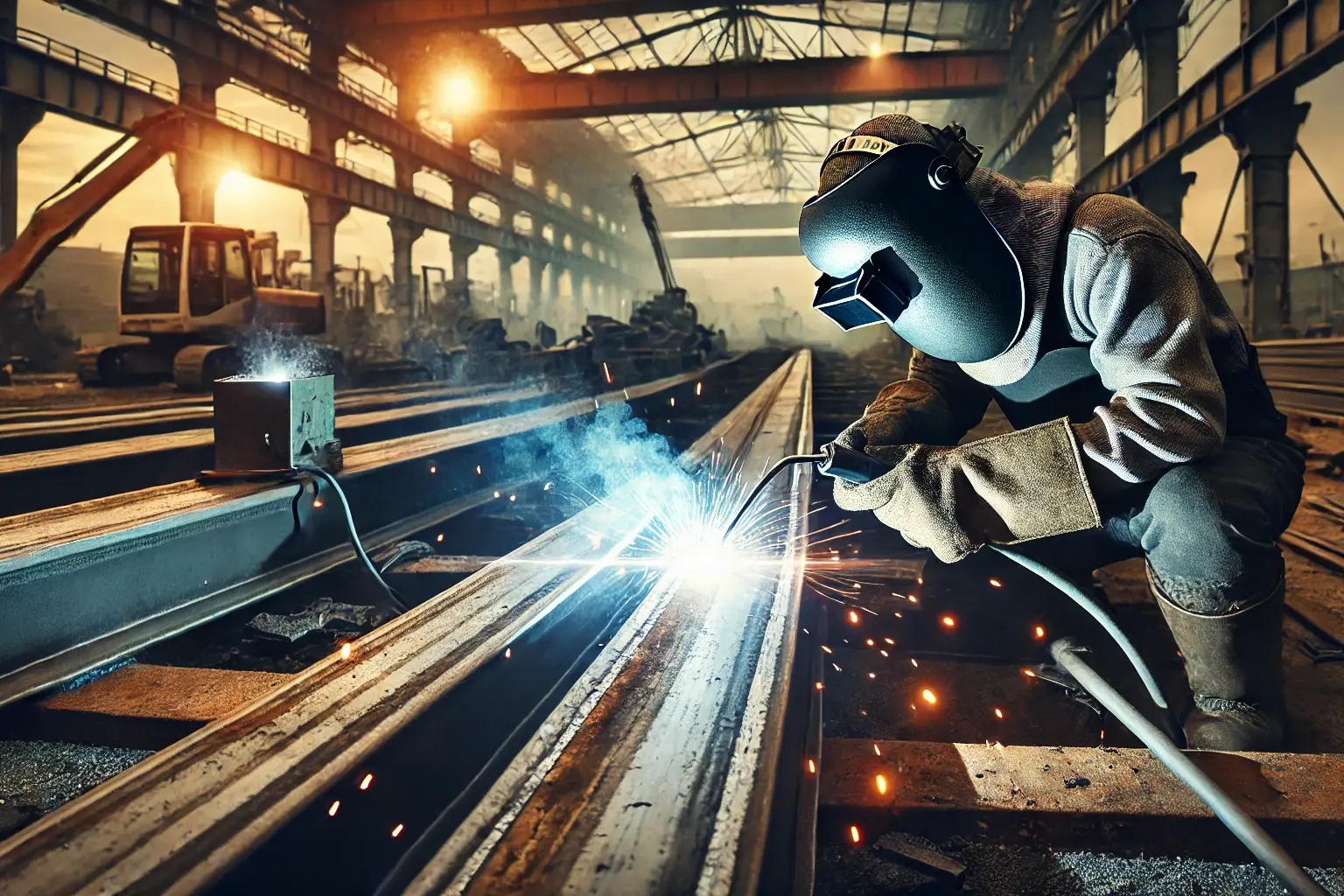When it comes to interior seismic engineering, it’s all about seismic restraint. In this article we dive into what it is, why it’s so important, and what it looks like in practice.
What is seismic restraint?
During an earthquake, a building experiences a lot more movement than normal. Objects inside the building also experience this movement. In designing for seismic restraint, engineers undertake a series of measures and techniques to stop or reduce the movement of structures and equipment during an earthquake.
The importance of seismic restraint
There are main four considerations for seismic restraint:
- Keep people inside the building safe from moving or falling objects during the event
- Ensure occupants can make their way safely out of the building immediately following the event
- Maintain the functionality of the building during and after the event, especially for buildings of importance
- Minimise the damage to structures and contents of a building
The importance of containing costs for economic recovery
While the safety of people is our primary concern, the cost of damage caused by non-structural elements should not be overlooked. The ability for communities to recover from significant events such as earthquakes is dependent on their ability to return to normal activities quickly. If homes and businesses are severely damaged, it can cause people to become displaced, thereby leaving the area. If businesses are unable to become operational quickly, it can affect supply chains and business operations, decreasing economic activity in the area. In addition, the costs associated with earthquake damage are often substantial, and may not be covered by EQC or insurance, leaving individuals and businesses with financial burdens that also slow or prevent their recovery. Building services and other non-structural elements can represent up to 70 percent of a building’s value and therefore play an important part in the economic recovery following earthquakes.
Our experience with the Christchurch earthquakes demonstrates the importance of seismic bracing. Over 50 percent of the cost associated with these earthquakes, now estimated at over $40 billion, has been attributed to non-structural damage. The damage caused to non-structural elements in Wellington’s BNZ building (built in 2009) in the 2013 magnitude 6.5 quake resulted in closure of the building for 6 months and it took 15 months before the building was fully functioning again. The estimated cost for this single building was $10 million.
In fact, recent seismic testing conducted on the non-structural elements within random buildings in New Zealand resulted in a failure rate of 95 percent. As these components traditionally lack seismic restraint there is potential for significant financial loss.
Types of non-structural building elements that require restraint
Seismic restraint is required by the NZ Building Code and is required to be project specific. This means that the seismic design must be considered as unique for each building and engineering system. The following types of non-structural building elements are considered for seismic bracing:
Building Services
Engineering systems within buildings such as ducting, pipework, electrical cable tracks, and large floor mounted components must be properly designed and anchored to withstand seismic forces. Ensuring these systems remain operational after an earthquake is crucial for building functionality. The New Zealand Standard NZS 4219 sets the seismic performance of requirements for these engineering systems and provides a means of compliance with the NZ building code.
Architectural Components
Non-structural architectural systems such as partitions and suspended ceilings also require restraint. These elements can affect the overall behavior of a building during an earthquake. These systems are excluded from the scope of NZS 4219. Therefore, to meet the requirements of the NZ building code, a specific bracing design is required that is capable of withstanding an earthquake of magnitude determined in accordance with NZS 1170.5 – Earthquake actions.
Contents, Equipment, Storage and Shelving
The contents and equipment within a building, such as furniture, machinery, and fixtures, need to be properly secured to prevent damage or displacement during an earthquake. This helps reduce the risk of injury and damage to the equipment itself. Proper design and anchorage of storage systems and shelves are necessary to prevent collapse and potential harm to occupants, as well as the risk of lost stock. This is particularly important for racking and shelving design in warehouses and large storage facilities.
Determining the level of restraint
Determining the level of restraint for non-structural seismic restraints involves assessing the potential risk and impact of seismic events on items that are not part of a building’s primary structural system. These restraints are designed to prevent non-structural components such as equipment, fixtures, and furnishings from moving or falling during an earthquake.
Geographic Location
The expected level of ground shaking in the area where the building is located plays a significant role in determining the necessary level of restraint. Higher seismic hazard areas will require stronger and more secure restraints.
Subsoil Type
Different soil types (e.g., soft soils, stiff soils, liquefiable soils) respond differently to seismic forces. Therefore, the soil type is considered when determining the level of restraint needed.
Building Type and Intended Usage
The type of building occupancy and its intended use affect the level of restraint needed. The structural characteristics of the building, including its design, height, and flexibility, can impact the magnitude of forces experienced by non-structural components during an earthquake. Critical facilities such as hospitals and emergency response centres may require stricter restraint measures compared to commercial buildings. This is reflected in the Importance Level (IL) assigned to different building types. You can learn more about Importance Levels 1-5 here.
Individual Elements
The type of non-structural component being restrained and its vulnerability to seismic forces are important considerations. Fragile or heavy components may need more robust restraints.
The component categories are P1-P7, with P1 requiring the most restraint, and P7 the least. Part categories and their criteria are presented in the table below.
| Criteria | Component category |
| Hazard to life outside the building | P1 |
| Hazard to a crowd of greater than 100 people within the building | P2 |
| Hazard to individual life within the building | P3 |
| Component necessary for the continuing function of the evacuation and life safety systems within the building | P4 |
| Component required for operational continuity of the building | P5 |
| Component for which the consequential damage caused by failure is disproportionately great | P6 |
| All other components | P7 |
The part category and Importance level sets an expected level of performance of each component under earthquake actions.
Building stages where seismic bracing design of non-structural elements may be required
The first stage of seismic bracing design is required for building consent. This is often carried out by individual contractors and engineering firms, with specialists in each area designing seismic bracing for their non-structural elements. In the process of designing seismic restraints, interior engineers will coordinate the design with the requirements of the architect, and consult with structural engineers and installers to allow for suitable spacing between the structural and non-structural elements in the building.
During the base build stage of construction, large non-structural elements will be installed and braced. Further bracing design by a seismic design specialist may be necessary at this stage due to variations from the design for consent.
The fit out stage of construction often involves further design by a seismic design specialist, either due to discrepancies encountered during construction monitoring, variations from the design for consent, or most commonly, due to interactions with installed services and other bracing for non-structural elements.
An Expert Solution
The team of engineers at Brevity are specialists in the seismic design of non-structural building elements. Their deep levels of expertise and experience help provide clients with designs that meet the safety and performance requirements of each project, without being over-engineered. If you are looking for a cost effective and expert solution for seismic restraint, please get in touch and we’ll happily discuss our unique approach.
How to handle seismic rating for existing fit-out and building code compliance for new fit-out
Managing seismic safety in building projects can be complex, especially when dealing with both new and existing…
Understanding the 2024 Updates to the AWCI Code of Practice for Suspended Ceilings
What are the key updates to the 2024 AWCI Code of Practice for suspended ceilings? As discussed by Matt Bishop and Gye…
Hardness Testing: A Best Practice for Outsourcing Steel Production
When outsourcing steel production overseas, ensuring material quality can be a challenge, and relying on mill…


